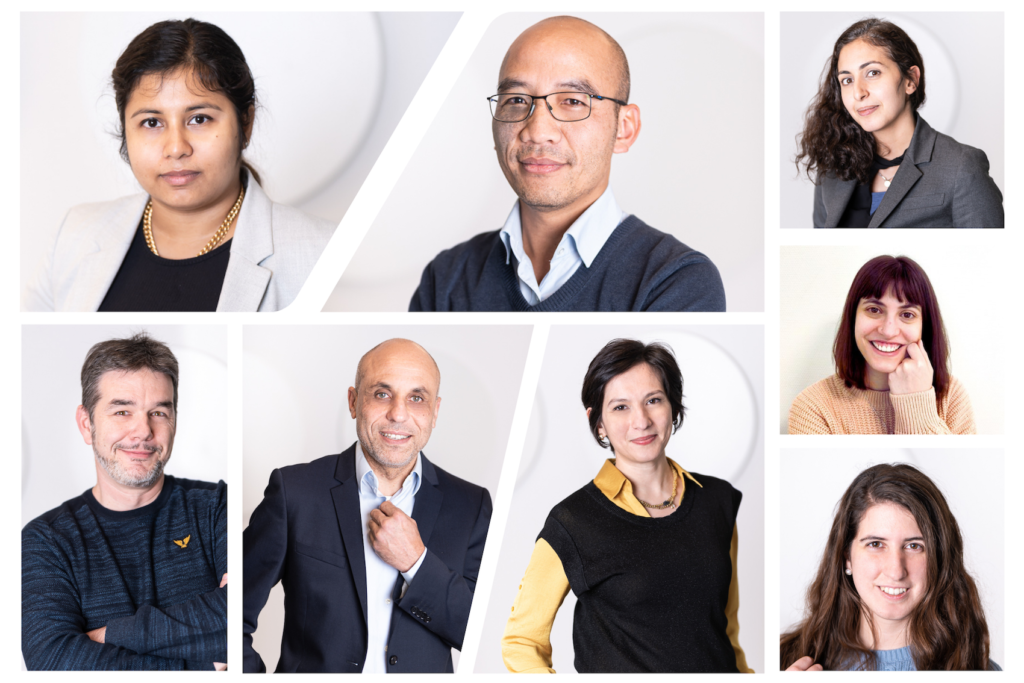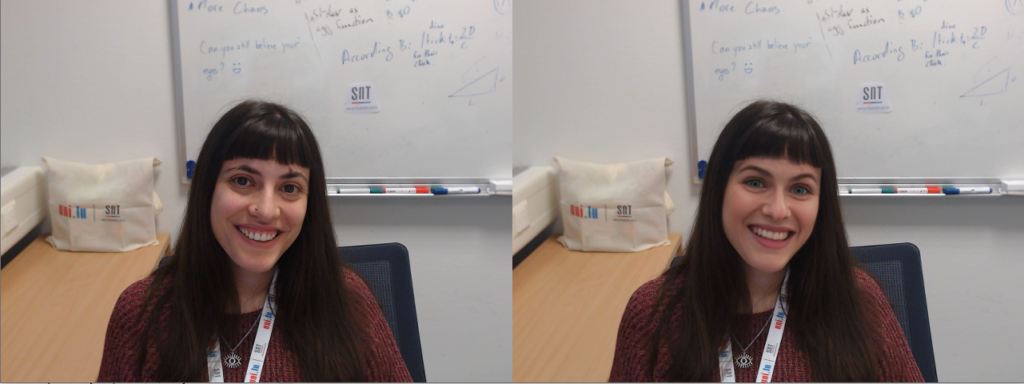In 2019, media artists created a convincing video showing President Nixon giving a speech that was conceived but never actually recorded. The video, entitled “In Event of Moon Disaster”, features an alternate version of reality in which the famous 1969 Moon landing was unsuccessful. Created using a branch of artificial intelligence, deepfakes, it’s a truly believable video – which in itself is the most sinister part of this evolving technology.
Deepfakes – a portmanteau of ‘deep learning’ and ‘fake’ – are images, speeches or videos that have been artificially generated, based on events that never occurred, or people that don’t exist. The speech from Nixon used deep learning to perfectly replicate his voice, and even the movement of his lips as he speaks. These types of videos are also far from time consuming to produce, they can be generated in minutes – if not seconds – with open-source technology accessible to anyone who uses the internet.
“We can no longer rely blindly on our senses, because seeing or hearing something can no longer imply that it is true.”
Laura Lopez Fuentes, SnT Tweet

Speaking at Partnership Day 2021, Dr. Laura Lopez Fuentes, a researcher in the CVi2 research group, headed by Prof. Djamila Aouada of SnT, explained, “We can no longer rely blindly on our senses, because seeing or hearing something can no longer imply that it is true.” While she was on stage, the CVi2 team swapped her face in real-time with Jim Carrey’s simply by using a free, publicly available software. This shows how easily a deepfake can be generated instantly.
The appeal of Deepfake videos is very broad. They can be humorous in nature – there was a viral video of a Game of Thrones star apologising for the final season’s events – and they can even be useful – it can enable media to be dubbed into another language within seconds. However, unfortunately most use cases are actually far more concerning. A report from 2019 indicated that a huge 96% of all deepfake videos online are non-consensual pornographic videos. Furthermore, deepfake videos, photos and speech can be used to commit fraud, falsify evidence and spread political disinformation. One such example includes a CEO who was scammed out of nearly $250,000 when he thought he was simply paying a supplier – in fact the scammers were using an AI-generated voice deepfake to request payment from the unnamed, UK-based energy company.
“Deepfakes have the potential to severely impact our society and economy, but currently there’s no reliable solution that can be used to detect them.”
Djamila Aouada, SnT Tweet
Deepfakes have the potential to severely impact our society and economy, but currently there’s no reliable solution that can be used to detect them. This problem forms the basis of two projects that Prof. Aouada and her group are working on in collaboration with POST Luxembourg. The team is formed of five women, including Prof. Aouada, Nesryne Mejri, Dr. Enjie Ghorbel, Kankana Roy, and Dr. Laura Lopez Fuentes.
The first project – entitled DeepFake Detection using Spatio-Temporal Spectral Representations for Effective Learning (FakeDeTer) – is funded through the Fonds National de Recherche’s (FNR) BRIDGES programme, and aims to develop a generic algorithm to counter against face-swap deepfakes, where the face of someone is swapped with another’s. By creating a new solution that can detect these types of deepfakes – alongside similar forgeries involving facial manipulation – the detection technology will be more robust, with greater longevity, than any other that currently exists.

Additionally, the CVi2 group are working with POST to develop an algorithm that is effective against different types of deepfakes. In the context of the FNR Industrial Fellowship project, entitled UNsupervised multi-type explainable deep FAKE detection (UNFAKE), Nesryne Mejri, Ph.D. student, under the supervision of Prof. Aouada, is developing a real-time deepfake detector that can identify facial forgeries regardless of their type by exploiting self-supervised and unsupervised learning. This is an approach from the broader field of artificial intelligence where data can be inputted into a model to produce an output measured by previous experience – or, in the case of the latter, the algorithm instead seeks out previously unknown patterns in data.
The race against time to develop a solution to such a potentially destabilising technology is here. And, the research being undertaken at SnT provides hope that we can soon restore total faith to our senses.